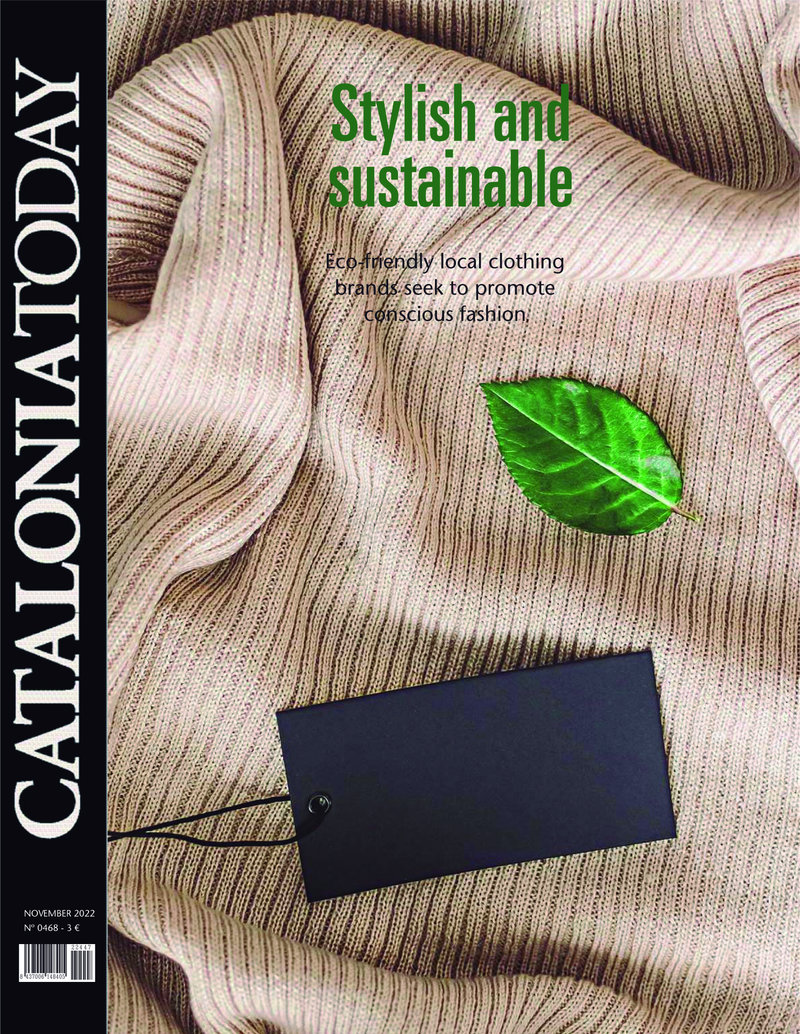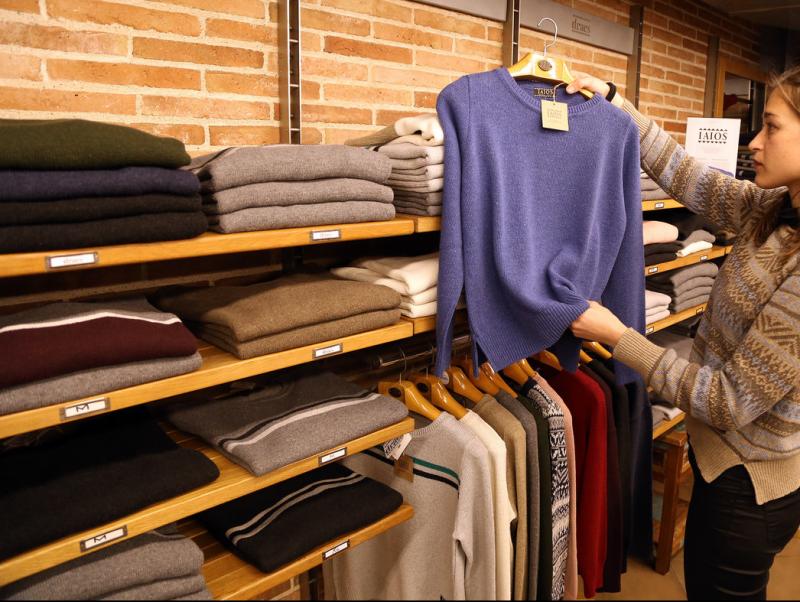from the editor
Shifting from fast to sustainable fashion
Crises change consumption patterns and force people to adapt to new circumstances. We are now immersed in crises that will also transform our way of life and our way of relating to the environment: an increasingly severe climate crisis and an energy crisis characterised by unsustainable price increases and a scarcity of resources. One of the ways society has to adapt to them is, first of all, to become aware of mistakes made and the need to change towards healthier and more sustainable habits. There is no sector that does not feel the pressure to adapt to the new situation. The way we consume is one of the things that challenges us most directly. Do we consume too much? Do we consume badly?
The answer is probably ’yes’ in both cases. That’s why, fortunately, there are professionals who are working to reduce the ecological footprint caused by excessive consumption by calling for a return to the local and better quality as elements to contribute to changing long-term bad habits. If this is clear in sectors like the food industry, it was not so obvious in fashion, where globalisation at its maximum potential has completely transformed the industry and the market. Yet more and more entrepreneurs understand that there is a growing need to satisfy eco-conscious and socially responsible consumers who want to make a contribution, with the way they buy and consume to ending the bad environmental and economic practices of globalised fashion and its serious environmental impact – the industry is responsible for a shocking 10 per cent of global greenhouse gas emissions every year.
Talking about sustainable fashion can no longer be considered a rarity; there are increasingly more choices available, and demand for it is growing. Awareness that we need to completely rethink our purchasing habits and the way we consume clothes is already a reality. The professional options are growing, too, which allows us to think that the fashion sector can face changes that no one would have imagined until recently. Hopefully, the new generations of consumers will take an active role in making a change from fast to sustainable fashion and make the choice to act responsibly in order to protect the environment ( see our feature on sustainable fashion on pages 14-23 of this month’s issue for more on this issue).




